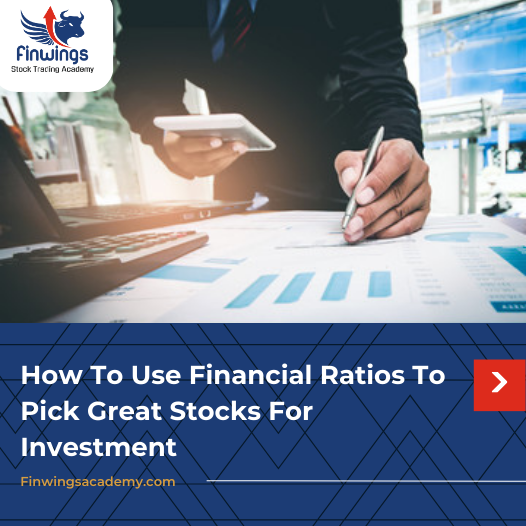How To Build A Diversified Portfolio If You Are A Stock Market Investor?
Building a diverse portfolio is a fundamental approach in the field of stock market investing that can help reduce risk and increase returns. Any stock market investor can create a diverse portfolio by spreading their investments across several industries, geographies, and asset classes. The process of creating a diversified portfolio is ongoing rather than a one-time activity. Investors must constantly review their portfolios and keep up with market and economic developments. Analysing risks, monitoring performance of particular assets, and making modifications as needed are essential which, good stock market courses in Ahmedabad can teach you very well.
In this article, we will discuss how you can build a diverse and strong portfolio if you are a stock market investor.
Importance of portfolio diversification
Portfolio diversification is a risk management technique taught in stock market classes in Ahmedabad that tries to defend against big losses while seizing growth possibilities. Investors might potentially lessen the effects of adverse events impacting certain companies or industries by maintaining a diversified portfolio, ensuring that the profitability of the portfolio as a whole is not primarily dependent on the success or failure of individual investments.
Stock Market Investors can reduce risk and boost the chances of long-term growth by diversifying their holdings across various asset classes, geographic areas, industries, and market capitalizations. To maintain the correct levels of diversification, it is crucial to perform in-depth research, obtain professional guidance as necessary, and constantly review and rebalance the portfolio.
Different ways to build a diverse portfolio
A good stock market training institute in Ahmedabad teaches you different ways of portfolio diversification which are
- Proper asset allocation
Building a diverse portfolio is a fundamental approach in the field of stock market investing that can help reduce risk and increase returns. Any stock market investor can create a diverse portfolio by spreading their investments across several industries, geographies, and asset classes.
- Investing globally
The process of creating a diversified portfolio is ongoing rather than a one-time activity. Investors must constantly review their portfolios and keep up with market and economic developments. Analysing risks, monitoring performance of particular assets, and making modifications as needed are essential.
- Investment in various industries and sectors
Diversifying across businesses and sectors is a critical component of a simple technique that every stock market investor may use to create a diversified portfolio. Investors can reduce concentration risk by diversifying their portfolio among a number of industries. Different sectors perform differently at different periods. Investments in different industries, for instance, may balance off possible losses if one area faces a period of decline.
- Investment in different market capitalization
The distribution of investments among businesses with various market capitalizations is another aspect of diversification. Small-, mid-, and large-cap stocks are included in this. Diversification across market capitalizations can give exposure to various market categories as each category has its own risk and growth potential.
- Adjusting investment allocation on a regular basis
It is crucial for all stock market investors to periodically analyse and adjust the portfolio. The diversification of the portfolio may fluctuate due to market fluctuations and changes in the performance of certain investments. Rebalancing entails changing the distribution of investments to keep the required levels of diversification.
- Investments on ETFs and Mutual Funds
Mutual funds and Exchange-Traded Funds (ETFs) are investment vehicles that give stock market investors access to a diverse portfolio of equities from different industries or indices. Investing in mutual funds or exchange-traded funds (ETFs) can be a useful approach to instantly diversify a portfolio without having to pick individual stocks.












